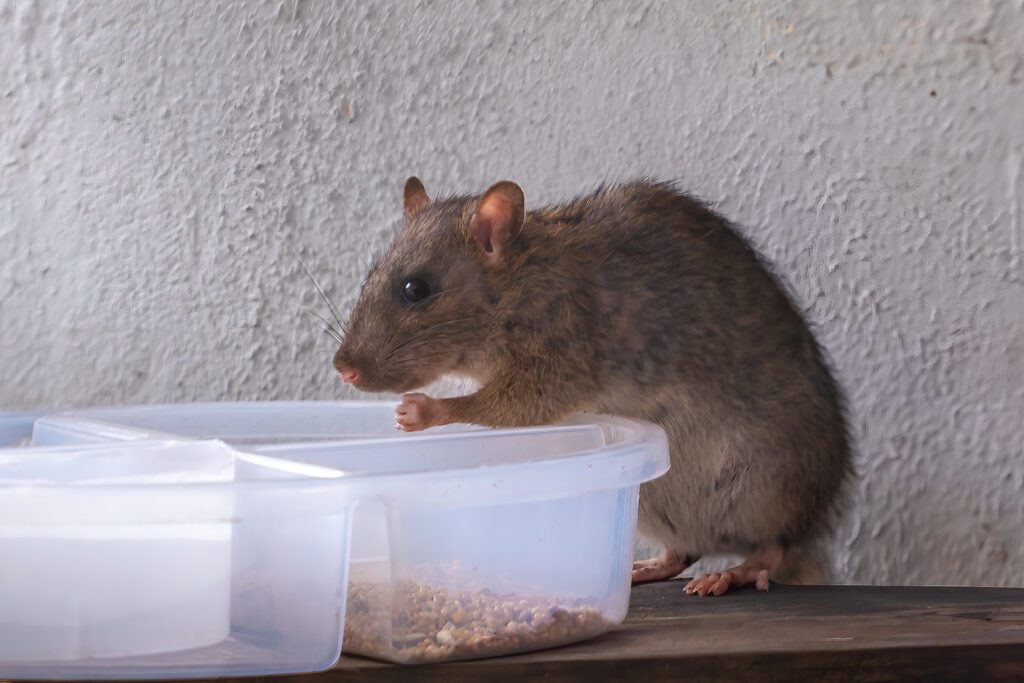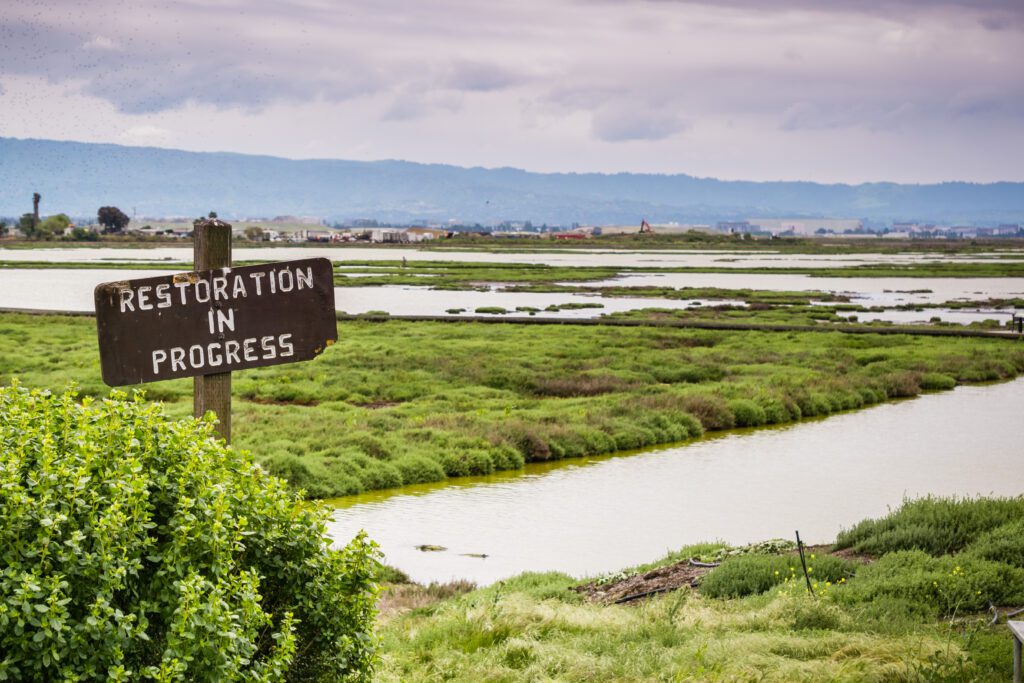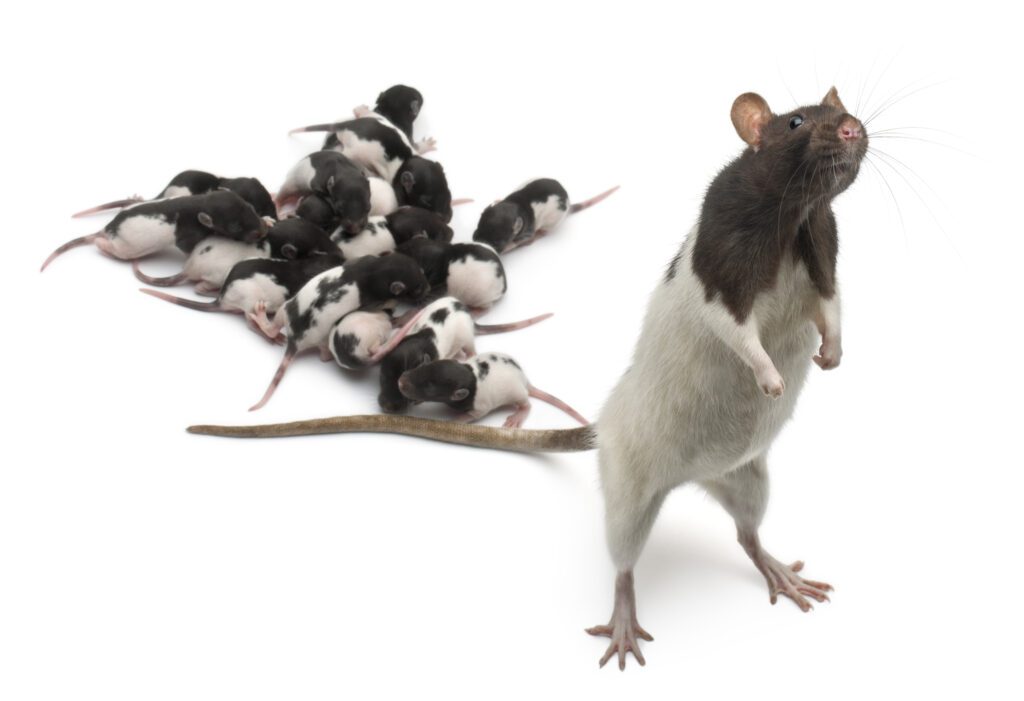Miami, a vibrant coastal city renowned for its beaches and tropical climate, is grappling with a pressing environmental challenge: sea-level rise. As the oceans continue to expand, the city’s low-lying areas become increasingly vulnerable to flooding, erosion, and saltwater intrusion. While these effects are evident on the natural landscape, they also have profound implications for the city’s urban ecology, particularly for its rodent populations.
Rodents: Nature’s Adapters
Rodents, with their small size, adaptability, and reproductive prowess, are masters of survival. They have coexisted with humans for millennia, often thriving in urban environments. As Miami’s coastal areas become inundated, rodents are forced to adapt to these changing conditions.
The Impact of Sea-Level Rise on Rodent Populations
Habitat Loss and Fragmentation: As sea levels rise, coastal wetlands and mangrove forests, which serve as crucial habitats for many rodent species, are gradually submerged. This loss of habitat forces rodents to seek refuge in urban areas, increasing their interactions with humans.
Increased Food Availability: Coastal flooding can lead to the displacement of humans and their belongings, creating new opportunities for rodents to scavenge for food in abandoned homes and businesses. Furthermore, the destruction of agricultural lands and the contamination of freshwater sources can force rodents to seek alternative food sources.
Altered Behavior: Studies have shown that rodents exposed to flooding and other environmental stressors can exhibit altered behaviors, such as increased aggression, heightened activity levels, and a greater propensity to spread diseases.

The Intersection of Climate Change and Public Health
The proliferation of rodents in urban areas poses significant public health risks. Rodents are known to carry a variety of pathogens, including those responsible for hantavirus, leptospirosis, and salmonellosis. As climate change exacerbates the rodent problem in Miami, the risk of disease outbreaks is likely to increase.
Strategies for Rodent Control
To mitigate the negative impacts of rising rodent populations, cities like Miami must implement comprehensive rodent control strategies. These may include:
Integrated Pest Management (IPM): IPM is a holistic approach to pest management that emphasizes prevention and the use of non-chemical control methods. In the context of rodent control, IPM may involve sealing up buildings, removing food sources, and using traps.
Habitat Restoration: Protecting and restoring coastal wetlands and mangrove forests can help mitigate the effects of sea-level rise and provide alternative habitats for rodents.
Public Education: Educating the public about the risks associated with rodents and the importance of proper sanitation can help reduce the number of rodents in urban areas.
Early Warning Systems: Developing early warning systems can help cities anticipate and respond to rodent outbreaks.

Conclusion
The intersection of climate change and urbanization is creating new challenges for cities like Miami. As sea levels continue to rise, the city must adapt to a future where rodents are likely to be more abundant and more resilient. By implementing comprehensive rodent control strategies, Miami can help protect its residents from the health risks associated with these pests.
